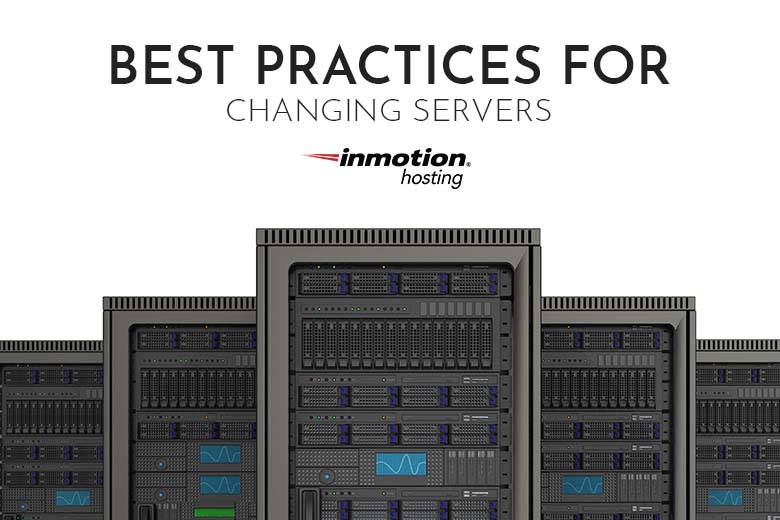
There are many different reasons to change a website hosting server. Some people want a new, better host, and some plan on upgrading from a shared server to a dedicated server or exploring Bare Metal server rental options. Whatever your choice is to switch servers, it’s imperative that you plan out the switch.
A switch in website hosting servers can cause a massive drop in visitors, bugs on your website that you didn’t have before, or even a website that is broken beyond repair. So proper planning is paramount.
In order to avoid a debacle, follow these best practices while changing servers:
- Planning. Once you decide to switch servers you need to start planning. Determine what your goal is for the switch and then look for a new host. If you decide to choose a host before you start planning, you will be limited to what that specific plan offers.
Instead, make the plan work for you, not the other way around. Develop a strategy on how and when you want to complete the transfer. Also, make sure that everyone involved with the site is aware of the transition so they can prepare as well.
- Backup/Document. Backing up your website is something you should already be doing. If you aren’t, get on it. However, before a transition of servers, make sure to do another backup of everything on your site. This ensures that if anything goes wrong you still have all of the site’s data and can fix the issue sooner rather than later.
You will also want to document stats for your website, like uptime, traffic, page views, etc. Documenting these stats will help you compare the before and after of the transition and address any issues that can arise.
- Transfer. During the transfer, your live site will likely go down for a period of time. If you’ve planned it correctly, this time should be limited and not have any major effect.
Implementing a 503 (service unavailable) server response tells any search engine crawlers that your site is currently undergoing maintenance and they will come back at a later time. Including this in your transfer prevents your SEO from being negatively affected, and minimizes post traffic dips.
Your new host should also be involved in the transfer as well, ensuring that everything is going right on their end.
- Review the transfer. After you’ve successfully transferred your site, you need to run some tests. Checking response time, page load time, and looking for any bugs are just some of the tests that should be run. If any of these tests result in a negative outcome, it’s time to do some troubleshooting. Contact your host and work with them to resolve the issue, and do so fast.
If everything went smoothly and your site is not showing any signs of trouble, congrats! Your site has successfully transferred and you can rest easy, for now.
- Monitoring. Now that the site has migrated successfully, you’ll want to keep an eye on it for a little while. Monitoring SEO rankings, daily site visits, conversion rates, etc. for both desktop and mobile should give you a better view of how your site is doing. While at first a site may seem to be doing great after a transfer, more data will either confirm or deny that opinion.
A website hosting transfer is a delicate procedure. Making sure that you have the proper plan and host in place can make all the difference. As a hosting company, we understand that this can be tough and stressful. This is the reason that we offer to help in the transfer, and even do it for you.